Search

Integrating Perennial Crops in Annual Crop Rotations
The Dakota Lakes Research Farm is working to develop cropping systems that include perennial crops, such as switchgrass, big bluestem and alfalfa, to improve long-term soil health and farm productivity.
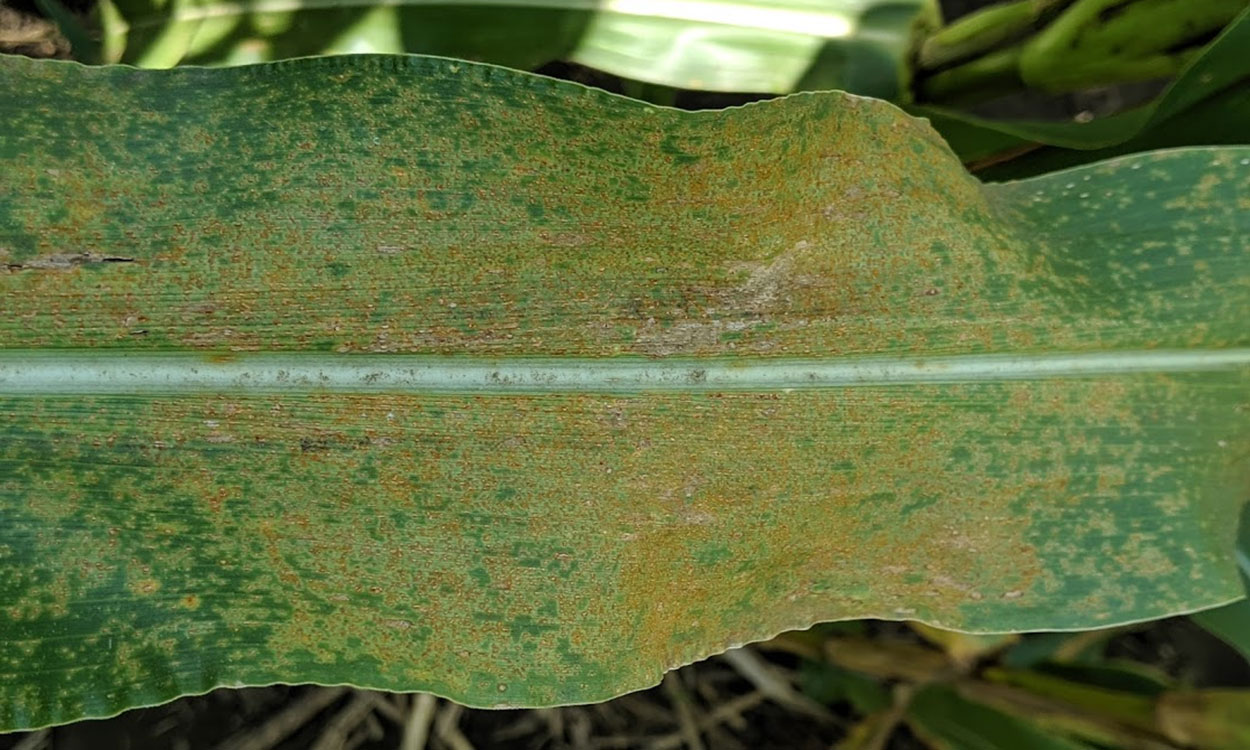
Is a Fungicide Applied at Tasseling Profitable in Corn?
Corn is currently at tasseling/silking across the state. This is usually the growth stage when a fungicide is applied to control fungal diseases.
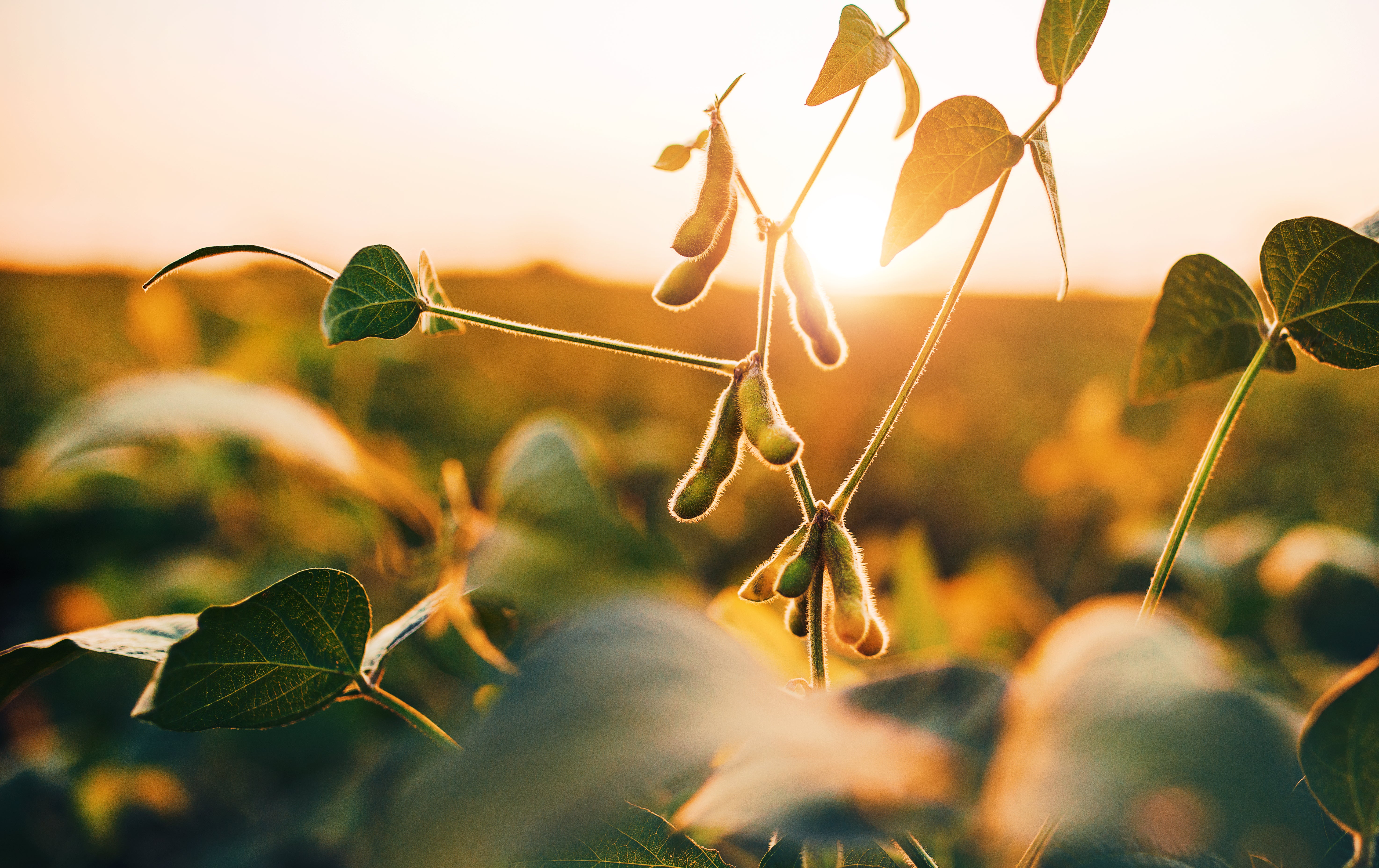
2019 Soybean Fungicide Field Trials Summary
This document contains results of soybean field trials conducted during the 2019 growing season to evaluate foliar fungicides to manage various soybean diseases.

Planting Spring Wheat Into Corn or Milo Residue: Considerations for Scab
Due to current grain prices and other reasons, growers may be considering planting spring wheat into fields that were planted to corn or milo last season. While this type of crop rotation is not generally recommended, economic and logistical challenges sometimes may dictate otherwise.

Peas Offer Options in 2020
Current events have made decisions around crop options very difficult this spring. Field peas are an option that may have a fit for some producers.
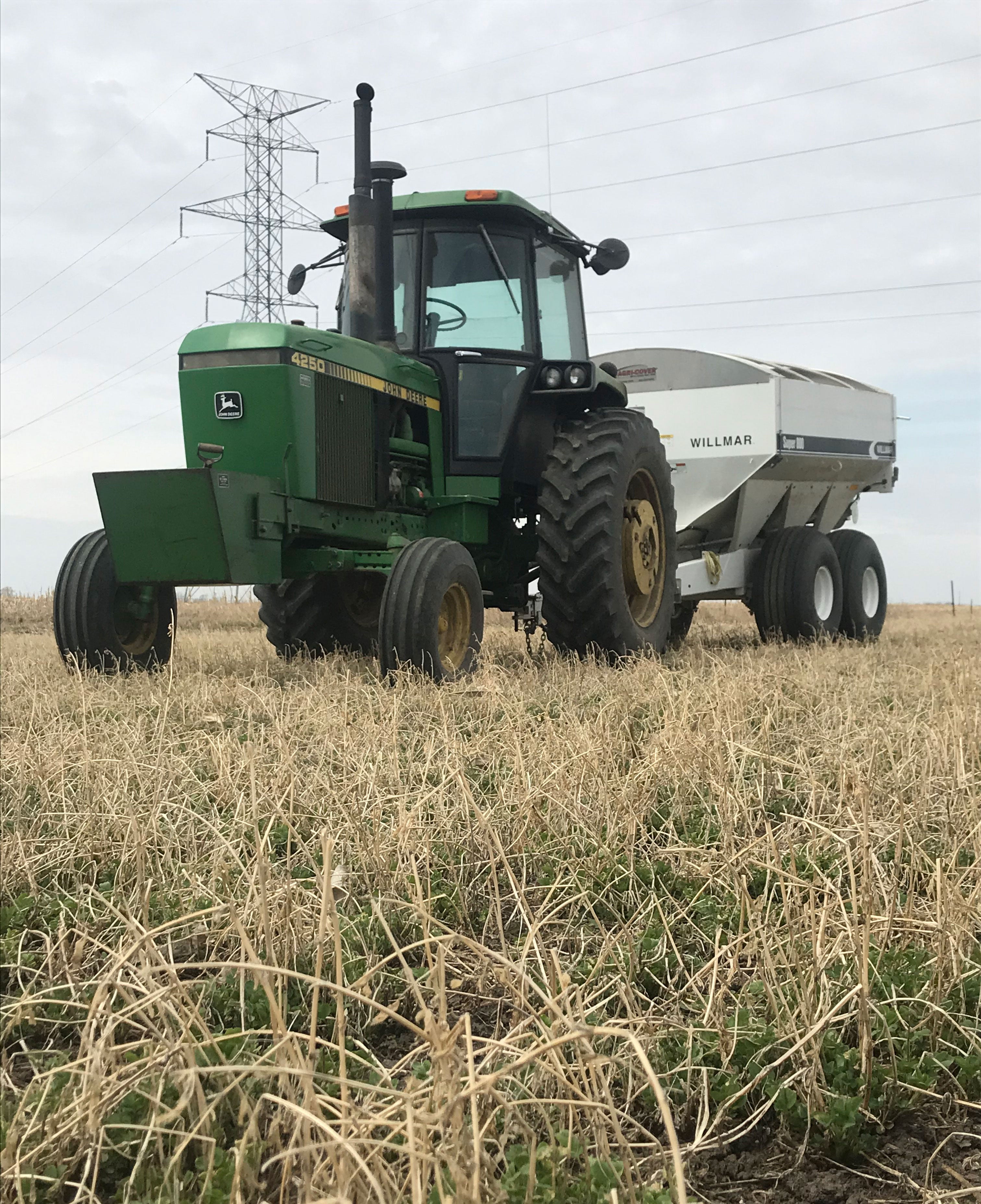
Fertilizing Forages in South Dakota
Spring is a busy time for South Dakota farmers and ranchers with planting, calving, and other field preparations. Soil sampling and fertilizing pastures, alfalfa, or other forages might be overlooked.

2019 Wheat Field Plot Trials Summary: Fungal and Bacterial Disease Trials
This publication provides a summary of wheat trials conducted in 2019 to determine efficacy of various products in managing wheat diseases.
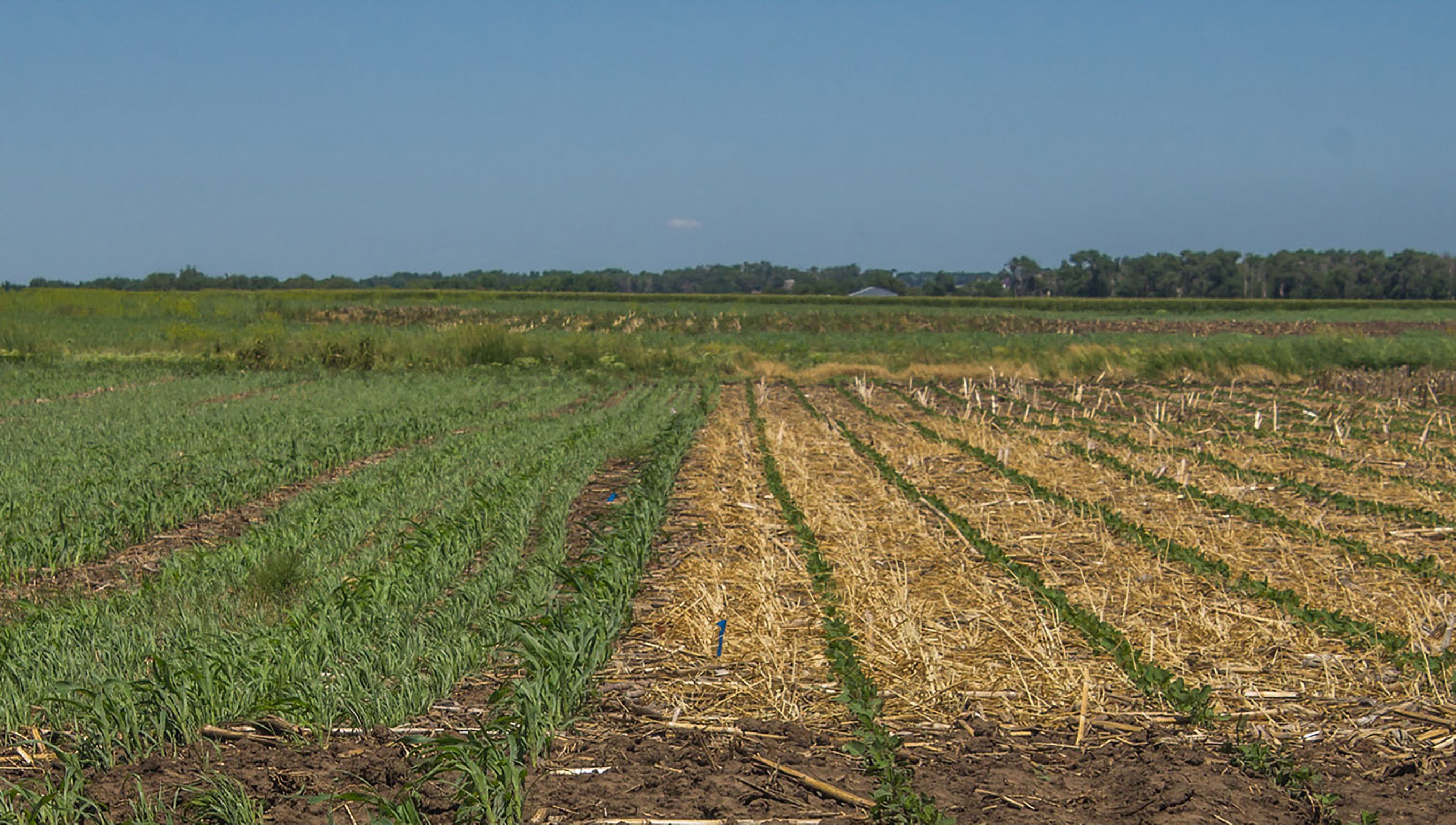
Crop Residue, Cover Crops Impact on Soil Health Parameters
Interest in no-till and cover crops has been on the rise among South Dakota crop producers. In 2019, half of South Dakota crop ground was under no-till management and about 900,000 acres were planted to cover crops.
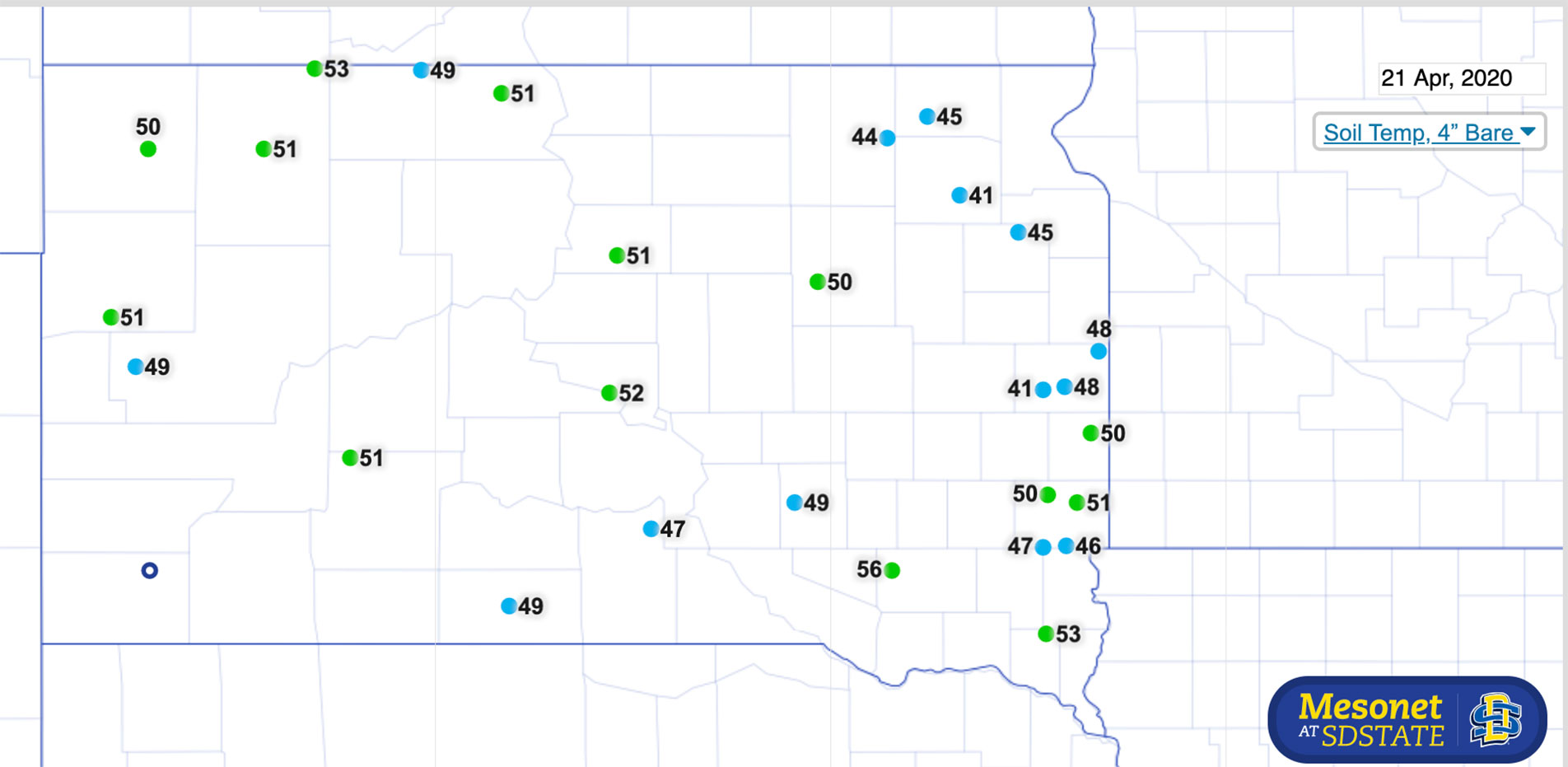
Soil Temperature for Planting Spring Crops
Soil temperature is an important consideration for deciding when to begin planting spring crops. If producers in South Dakota would like a quick reference for soil temperatures in their area, the SD Mesonet network measures soil temperature at several weather stations throughout the state.

SDSU Extension Develops Perennial Plant Mixtures for Alkali Areas
April 24, 2020
The Every Acre Counts program through SDSU Extension has developed perennial plant mixture suggestions suited for various types of marginal land situations, including saline, sodic and wet soil areas.